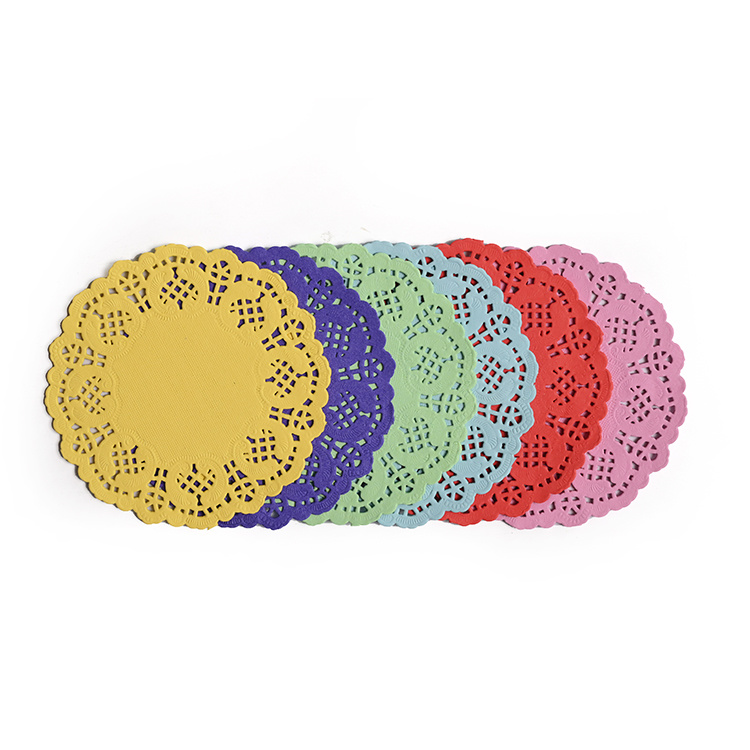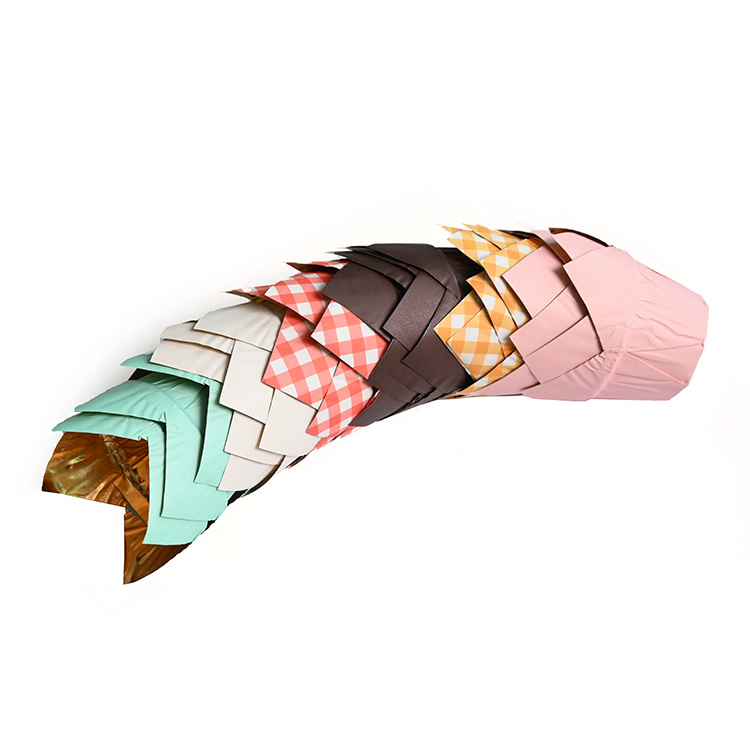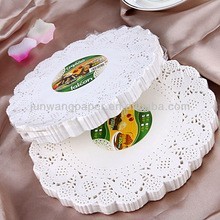The Practical and Aesthetic Appeal of Hexagonal Cups in Packaging
Hexagonal cups have increasingly gained popularity in various sectors, especially in packaging and printing. These uniquely shaped cups offer a refreshing alternative to traditional round containers, appealing to both businesses and their customers. The geometry of hexagonal cups presents a myriad of advantages that extend beyond mere aesthetics, making them a valuable choice for packaging applica
Hexagonal cups have increasingly gained popularity in various sectors, especially in packaging and printing. These uniquely shaped cups offer a refreshing alternative to traditional round containers, appealing to both businesses and their customers. The geometry of hexagonal cups presents a myriad of advantages that extend beyond mere aesthetics, making them a valuable choice for packaging applications.
One of the primary benefits of hexagonal cups is their efficient use of space. The flat sides allow for tighter stacking compared to round cups, optimizing storage and reducing the amount of space required during transportation. This aspect is crucial for businesses aiming to minimize shipping costs and maximize their storage capabilities. When considering packaging solutions, efficiency is often a key factor, and hexagonal cups excel in this regard.
In addition to their space-saving attributes, hexagonal cups also offer a distinctive visual appeal. The striking design can enhance the overall branding of a product, setting it apart from competitors. The six-sided shape allows for creative labeling opportunities, enabling companies to convey their brand story or product information in an eye-catching manner. This visual differentiation can be particularly important in crowded retail environments where first impressions are vital.
Moreover, hexagonal cups can cater to various applications, from food and beverage packaging to promotional items. Their versatility permits adaptations in size and material, enabling them to be utilized for hot or cold contents, thereby making them suitable for a wide range of products. In the food industry, for instance, these cups can be made from biodegradable or recyclable materials, aligning with the growing consumer demand for eco-friendly packaging solutions.
Sustainability is a significant consideration in modern packaging, and hexagonal cups can easily be designed to meet these environmental standards. By using sustainable materials, companies can appeal to eco-conscious consumers while also positioning themselves as responsible businesses. This alignment with sustainability can enhance brand loyalty and attract a broader customer base.
Furthermore, the structural integrity of hexagonal cups contributes to their practicality. The unique shape can provide additional strength compared to traditional round cups, reducing the likelihood of spills and enhancing the customer experience. This durability is particularly beneficial in retail settings where products may be subject to handling and transport.
In conclusion, hexagonal cups represent a compelling choice in the realm of packaging. Their efficient use of space, aesthetic appeal, versatility, sustainability, and structural integrity make them an excellent option for businesses looking to enhance their packaging solutions. By considering hexagonal cups, companies can not only improve their operational efficiencies but also engage consumers through innovative and responsible design.
One of the primary benefits of hexagonal cups is their efficient use of space. The flat sides allow for tighter stacking compared to round cups, optimizing storage and reducing the amount of space required during transportation. This aspect is crucial for businesses aiming to minimize shipping costs and maximize their storage capabilities. When considering packaging solutions, efficiency is often a key factor, and hexagonal cups excel in this regard.
In addition to their space-saving attributes, hexagonal cups also offer a distinctive visual appeal. The striking design can enhance the overall branding of a product, setting it apart from competitors. The six-sided shape allows for creative labeling opportunities, enabling companies to convey their brand story or product information in an eye-catching manner. This visual differentiation can be particularly important in crowded retail environments where first impressions are vital.
Moreover, hexagonal cups can cater to various applications, from food and beverage packaging to promotional items. Their versatility permits adaptations in size and material, enabling them to be utilized for hot or cold contents, thereby making them suitable for a wide range of products. In the food industry, for instance, these cups can be made from biodegradable or recyclable materials, aligning with the growing consumer demand for eco-friendly packaging solutions.
Sustainability is a significant consideration in modern packaging, and hexagonal cups can easily be designed to meet these environmental standards. By using sustainable materials, companies can appeal to eco-conscious consumers while also positioning themselves as responsible businesses. This alignment with sustainability can enhance brand loyalty and attract a broader customer base.
Furthermore, the structural integrity of hexagonal cups contributes to their practicality. The unique shape can provide additional strength compared to traditional round cups, reducing the likelihood of spills and enhancing the customer experience. This durability is particularly beneficial in retail settings where products may be subject to handling and transport.
In conclusion, hexagonal cups represent a compelling choice in the realm of packaging. Their efficient use of space, aesthetic appeal, versatility, sustainability, and structural integrity make them an excellent option for businesses looking to enhance their packaging solutions. By considering hexagonal cups, companies can not only improve their operational efficiencies but also engage consumers through innovative and responsible design.
news












